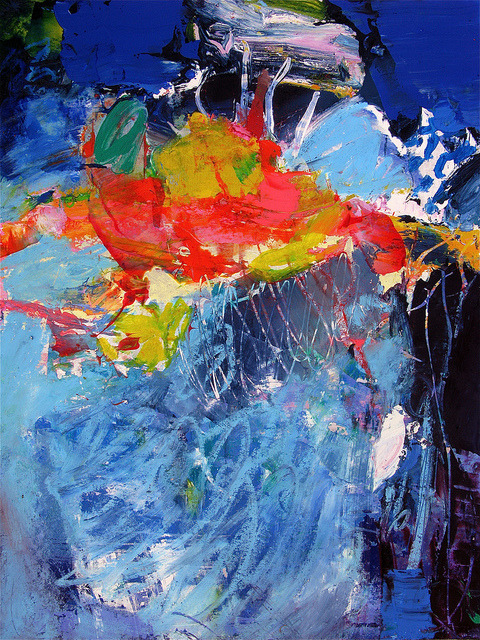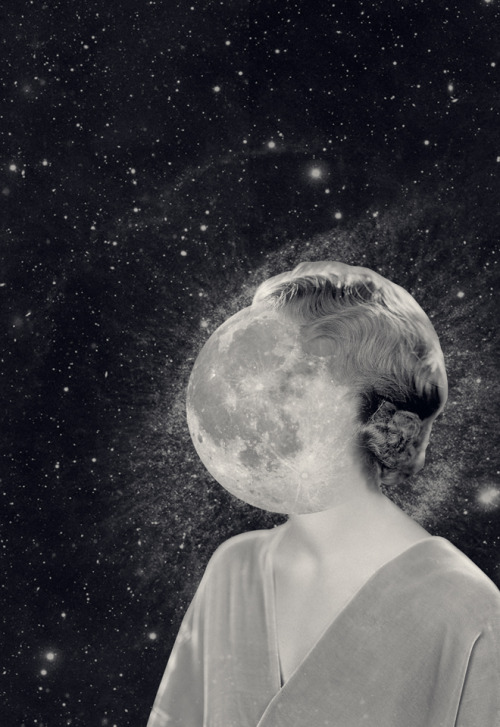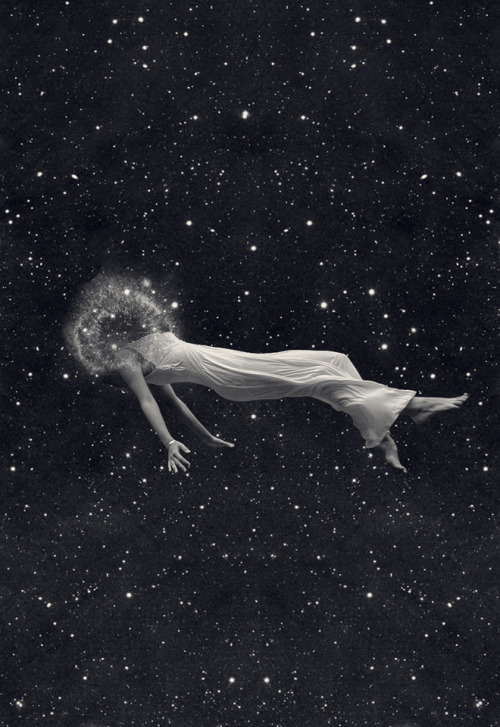
Lights Out
Lee Shu Hui
Watercolour, colour pencil and toothpicks on paper
2010
About the Work
(these following paragraphs, written in Feldman's method of art critique, were what I wrote back in 2010 from our AEP SIA blog)
This
artwork depicts a building at night with some of its windows open and
curtains drawn, revealing different people and families through each
open window. All the figures have been cartoonised. One of the windows
show an animated-looking figure speaking on a red telephone. Through the
next window, an old man is resting on his couch in his bathrobe,
staring at the television screen in front of him. Above the old man's
room is a window with green curtains drawn back. Through this window, a
boy is literally burying his head in a book, as the yellow book he is
reading blocks his face entirely, so that only the top of his head can
be seen. The window beside him shows a boy staring fixedly at his
computer, his eyes wide, typing on the keyboard. A different window
above shows a couple fighting and yelling at one another. At the window
above them, a cartoon figure is hunched over a bowl of noodles, ready to
eat his supper. The pots and pans hanging from the wall in the
background behind him suggest that he is in his kitchen. To the right,
another window at the top shows a cartoon figure kneeling on his bed,
confiding in his soft toy. Subject composition is not balanced, but
rather concentrates toward the bottom left side of the artwork.
Smooth
shading of strokes using colour pencils have been used. Smooth
brushstrokes have also been used to depict the pitch-black tone of the
building. Colours used have been mostly cool colours, like black, which
covers the whole of the building to show that it is night time. Warm
colours have been added to create contrast in the picture, like red, for
the mouths of the cartoon figures and for the curtains of the uppermost
room at the right, purple, used for the old man's couch and the
computer of the boy, and peach, for skin tones of the cartoonised
figures.
There is little sense of movement in this
artwork as the moving figures make up a small portion of the whole
artwork, while most of the figures are stationary or seem to be moving
very little.
Emphasis has been placed on the topmost
right hand corner of the picture, where a lone window stands out amidst
the blackness of the building and the surrounding windows. The curtains
of this window are a striking mixture of bright and dark tones of red,
which attract the viewer's eye towards it.
There is a
repetition of squares throughout the artwork. These squares were formed
by gluing toothpicks onto the paper. They have been placed uniformly
side by side, depicting the steady goings-on of the night time. The
artwork also has a rather flat perspective.
This
artwork sheds "Light" on the lives of all these different people living
together in the building. The artist's use of many windows revealing
different people and situations could be showing the complexities of
life, while the chosen setting of night-time and the use of black for
the building could depict the darkness many face through the
difficulties of life. The dominant use of cool colours, like black which
dominates most of the artwork, and lack of a sense of movement in the
artwork also creates a sleepy, stagnant mood which depicts the artist's
opinion of a typical night scene in a residence.
How the Work was Done
I wanted to be creative in my choice of material by diversifying it, so I attached toothpicks with UHU glue to form little windows in rows of 3. I made sure they were uniform. I then used poster colours to paint the black background. Inside each window, I pencilled the drawings in before adding colours with colour pencils.
Why I Did It
I wanted to show how life is mundane yet complex. I wanted to show the multi-faceted personalities in each block of residential units. As I live in a residential area, I sometimes wondered what went on in other people's houses (those who were in the same and surrounding towers), and if I knew, would I feel like I knew them better? Would that engender a sense of compassion or understanding towards them in my heart?
I went on to imagine what people in other houses could be doing when tiredness sets in and people are home and they come back to their families or to an empty house. The mood was pretty mundane and depressing when I thought about it, partly because I did it at night and was tired out and feeling sombre, so I decided to use cartoon figures to create a sense of contrast to save my work from becoming overtly solemn. I also desired to have some contrast in what I did, seeing as most of the other 4 pieces of work I did for the exhibition are semi-realistic or realistic.
However, as I did the artwork I think life became slightly more mundane. But now after 2 years I look back and I realise my perspective on life has changed. I no longer look on it as a long tiresome stretch, but I try to take things one at a time. This change in outlook is also because of new hopes and aspirations that have emerged in the course of these few years, and new things about life that I have discovered. I am glad to see how I have matured in this respect, and I hope I will continue to mature in my outlook on life and how I live it.



























